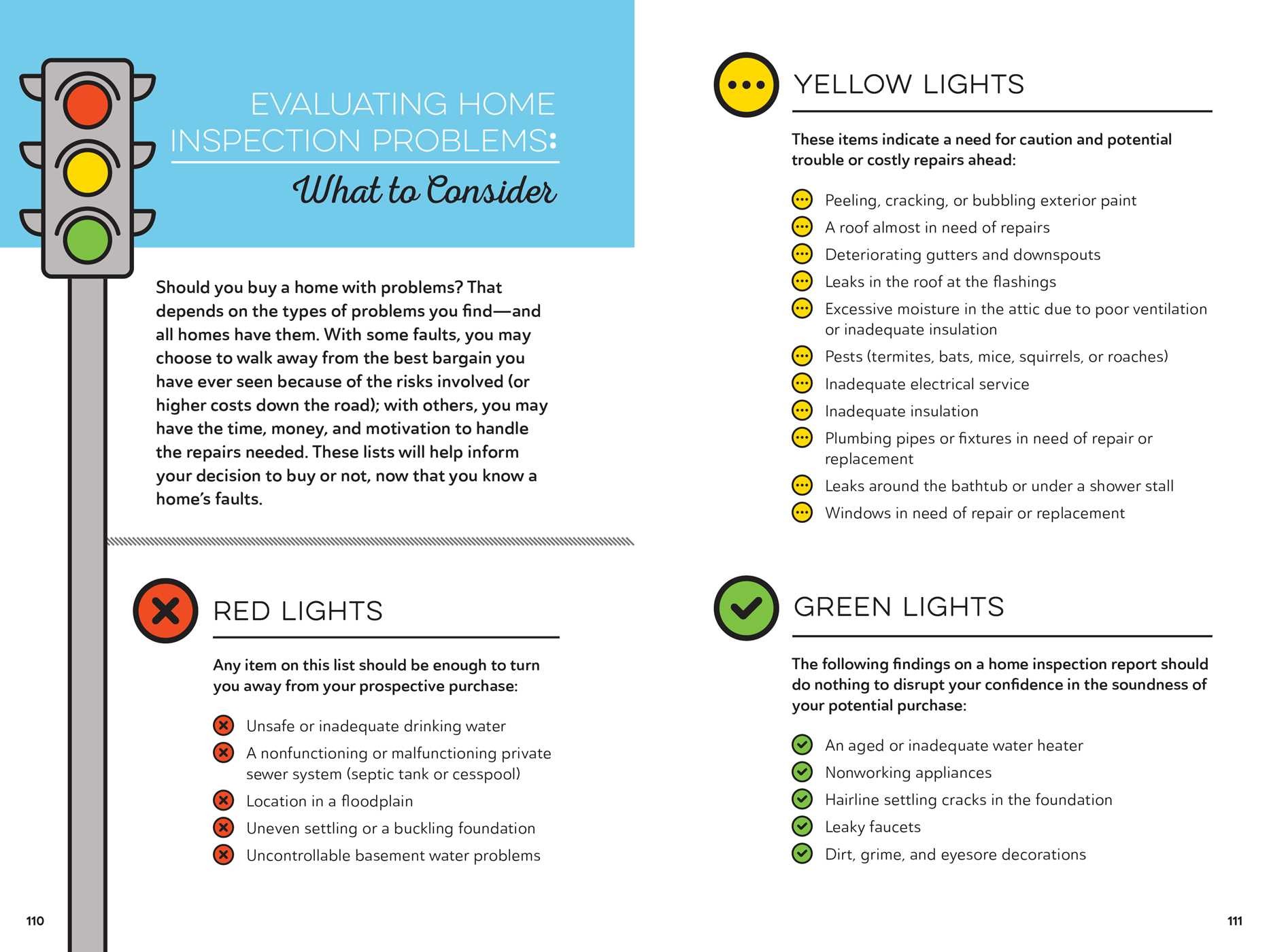The Role Of Roof Air Flow In An Effective Installment
The Role Of Roof Air Flow In An Effective Installment
Blog Article
Material Create By-Kock Walls
When you're tackling a roof task, you may not believe much regarding roof air flow, yet it's even more essential than you realize. Effective air flow helps control temperature level and moisture in your attic, preventing problems like mold and structural damage. By recognizing how to make and mount a well balanced ventilation system, you can boost power effectiveness and prolong the lifespan of your roofing products. So, what are the key variables to think about throughout installation that can make all the distinction?
Value of Roofing System Ventilation
Roofing air flow plays a crucial function in keeping the total health and wellness of your home. By allowing fresh air to flow through your attic, it aids control temperature level and wetness levels. This equilibrium is essential to prevent heat buildup during hot months, which can result in raised energy prices as your air conditioning burns the midnight oil.
Additionally, correct ventilation substantially reduces the danger of moisture-related issues like mold and mildew and mold. If humidity degrees increase, your home's structural stability can be endangered, leading to costly repair work. You would not wish to manage deteriorating wood or warped roof products, right?
In addition, sufficient ventilation prolongs the life expectancy of your roof. When warm and dampness are kept in check, your roof covering can do ideally, protecting against early deterioration. https://weatherguardroofing17384.blogadvize.com/41414132/delve-into-the-impact-of-unforeseeable-climate-on-your-roofing-setup-timeline-and-gain-insights-into-crucial-methods-that-will-certainly-aid-you-browse-the-project-efficiently-no-matter-external-conditions indicates less headaches and expenses down the line.
Just How Roof Air Flow Works
Efficient roof covering air flow counts on the all-natural activity of air to create a balance in between consumption and exhaust. When you install vents, you're essentially enabling fresh air to enter your attic room while allowing warm, stale air to get away. This procedure aids control temperature and dampness levels, stopping concerns like mold development and roofing damage.
Consumption vents, usually located at the eaves, pull in amazing air from outdoors. On the other hand, exhaust vents, located near the ridge of the roofing system, allow hot air rise and departure. The distinction in temperature develops an all-natural air flow, known as the pile effect. As warm air surges, it develops a vacuum that draws in cooler air from the reduced vents.
To maximize this system, you need to guarantee that the intake and exhaust vents are appropriately sized and placed. If the consumption is limited, you will not achieve the preferred ventilation.
Likewise, not enough exhaust can catch warm and dampness, causing potential damages.
Trick Installation Considerations
When setting up roof ventilation, numerous key factors to consider can make or break your system's efficiency. Initially, you require to examine your roof covering's layout. The pitch, shape, and materials all affect air movement and air flow selection. Ensure to select storm damage roof repair that match your roof covering type and neighborhood climate conditions.
Next, consider the positioning of your vents. Preferably, you'll want a balanced system with intake and exhaust vents positioned for ideal air movement. Location intake vents low on the roof and exhaust vents near the height to encourage an all-natural flow of air. This setup aids protect against dampness build-up and promotes power performance.
Do not forget insulation. Proper insulation in your attic stops warm from leaving and keeps your home comfy. Guarantee that insulation does not block your vents, as this can hinder air movement.
Last but not least, think about maintenance. Choose ventilation systems that are very easy to access for cleansing and evaluation. Routine upkeep ensures your system continues to operate efficiently in time.
Final thought
In conclusion, roof ventilation is important for a successful installment. By ensuring proper air movement, you can stop warm build-up and wetness problems that bring about costly damages. When you purposefully setting consumption and exhaust vents, you enhance energy performance and extend the life expectancy of your roof. Bear in mind, a well-ventilated roof not only safeguards your investment however also enhances your indoor air quality. So, focus on air flow to make certain a resilient and economical roof for your home.
